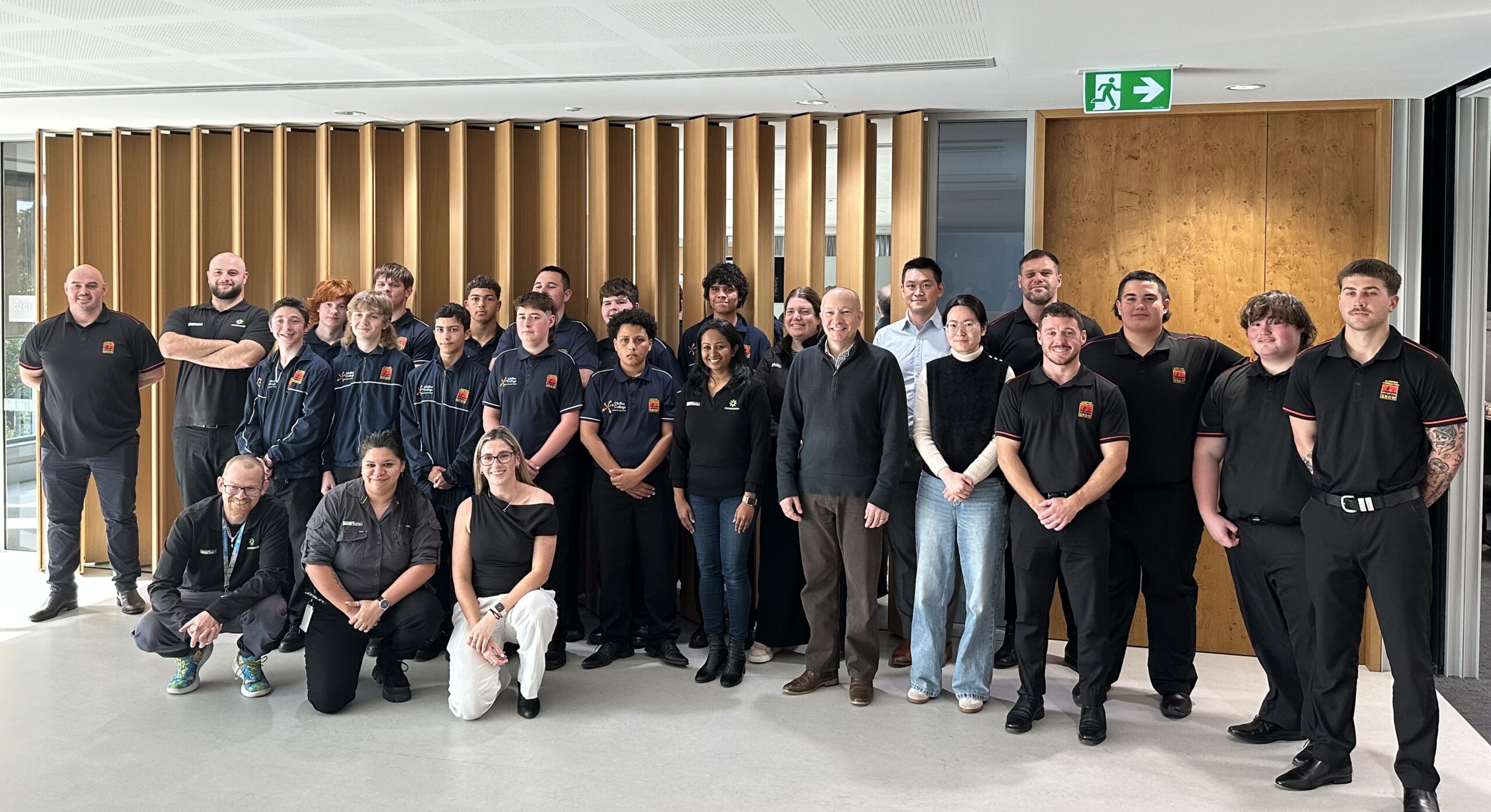We live in the most interconnected time in human history; a world of wifi/4G-connected, video-enabled devices that allow for rich connectivity for visual content and real-time, face-to-face interaction. It is a world that is more virtual than ever before, allowing people to connect and collaborate from any location or device. All this rapid innovation is changing the way people behave and operate. It’s changing the way people consume information, make decisions and interact with others. This in turn, has profound implications on work and the workplace.

The flexibility and choice afforded by modern technology are making business leaders question the relevance and effectiveness of the workplace in its current form. Large underutilised office spaces and traditional desk and cubicle configurations are no longer effective – whether in terms of cost or productivity – in this age of mobile workforces and instant collaboration regardless of location.
Today, enabling technologies, such as mobile devices, tablets, IP telephony and video collaboration have changed the way people work. Whether it’s checking emails on the commute to work, joining a conference call while driving, or meeting over video collaboration from home, you don’t have to physically be in an office to be connected and considered a productive employee. Technology and connectedness have empowered workers with choice and convenience,in turn, this choice and flexibility have liberated workers from the workplace.
The growing prevalence of distributed teams, remote working and Activity-Based Working is evidence enough:
- On telecommuting, Forrester forecasts that 43% of US workers (63million) will telecommute for some part of their day, by 2016. Almost double the number in 2009 (34million)!
- On distributed teams, 62% of employees surveyed regularly collaborate with people in different time zones and geographies (Harris Interactive Survey conducted on behalf of Steelcase)
- On choice, 43% of employees surveyed would choose flexibility over a pay rise
The population of workers occupying the physical workplace has declined and continues to lower, as workers and businesses adopt technologies that enable new ways of working outside of the office. Desk utilisation rates drop and expensive office real estate sits empty equating to lost money. At the same time, workers who continue to use the office find themselves in need of more facilities to team with distributed and remote colleagues.
Businesses must take action to correct the imbalance in the workplace. Collaborative workspaces that thoughtfully integrate technology and space should replace underutilised work desks. Adjustments to deliver the best experiences for physical and remote workers need to be made and throughout this process, workers have to be actively engaged for optimal outcomes. Every business is unique. Only by deploying the right technology for the right users, in the right workspace environment, can businesses boost productivity and reap results.
This post is contributed by author Mei Lin Low. Mei Lin Low works at Polycom and has over 10 years of Asia Pacific and International experience in Marketing & Business Development within the ICT industry.





